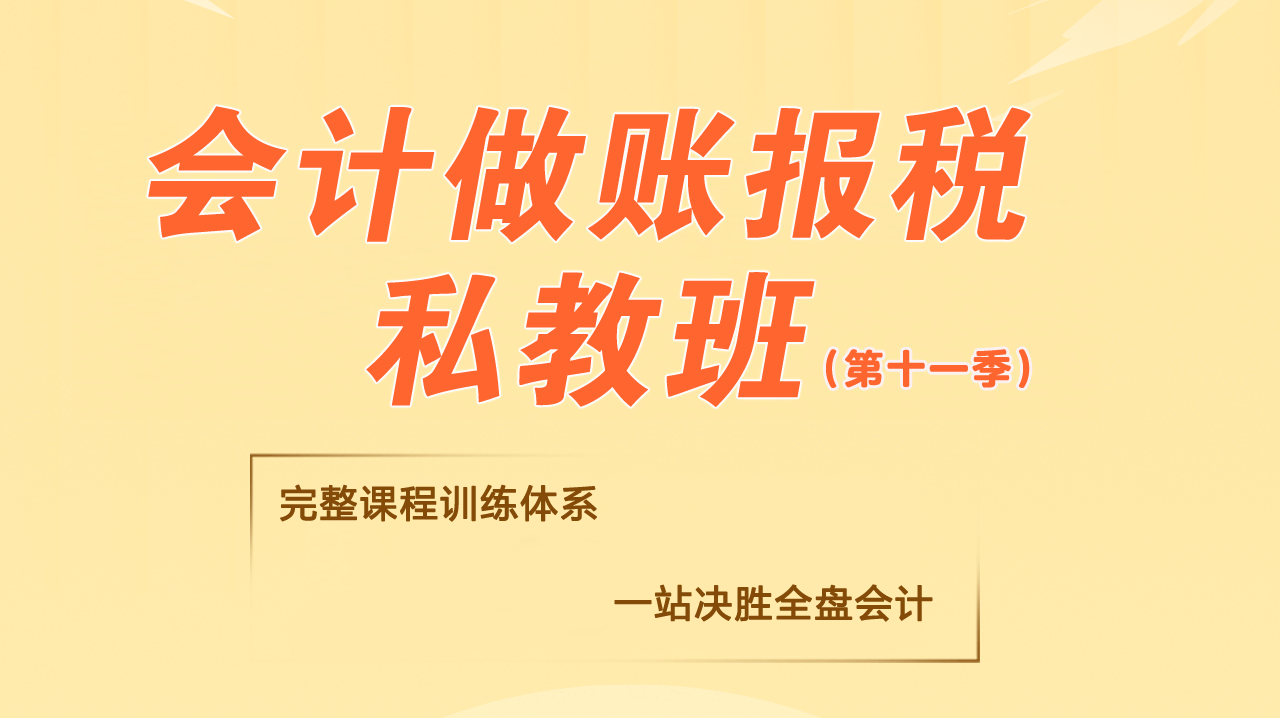中国2月出现73亿美元贸易逆差(双语)
China’s trade balance swung to a deficit of $7.3bn in February as exports slowed during the Lunar New Year holidays.
由于春节长假期间出口增长放缓,2月份中国出现73亿美元贸易逆差。
Although China is often criticised by US politicians for running a large trade surplus, this is the second time in the past 12 months that Chinese data have revealed imports outstripping exports. As the world’s largest consumer of commodities, China’s imports have ballooned in value as prices for raw materials rise.
中国经常因巨额贸易顺差而受到美国政界人士的指责,但在过去一年里,这已经是中国第二次进口超过出口。作为全球最大的大宗商品消费国,由于原材料价格上涨,中国进口额出现了激增。
With many Chinese factories closing for up to a month during the holidays, the Customs Bureau cited Lunar New Year as a key factor in keeping exports low, a view echoed by analysts.
鉴于春节期间许多工厂都放了长假,有的甚至放了一个月,中国海关总署表示,春节是2月份出口额较低的关键因素。分析师也都认同这一观点。
“I think we’re going to see a returned surplus in the near future,” says Alistair Thornton of IHS Global Insight. “None of the structural factors have changed, so [this trade deficit] is more likely to be a blip than a new normal.”
“我认为,中国贸易在近期内将回归顺差。”IHS Global Insight分析师阿利斯泰尔•桑顿(Alistair Thornton)表示,“所有结构性因素都没有改变,因此贸易逆差更有可能是暂时现象,而不会成为新的常态。”
While Chinese export data are typically read as an informal barometer of the strength of the global economy, economists said the weak numbers – export growth fell to 2.4 per cent year-on-year in spite of some forecasts that it would be as high as 27.1 per cent – should not be taken at face value.
一般说来,人们会把中国出口数据当作全球经济状况的非正式晴雨表进行解读,但经济学家们表示,不能从表面金额来看待最新的疲软数据。中国2月份出口同比增速降至2.4%,远低于一些经济学家预测的27.1%。
“During the several weeks following the Lunar New Year holiday, distortions affect exports much more than imports because exporters have a much greater tendency to take extended holidays,” said Yu Song, China economist at Goldman Sachs.
“在春节假期之后的几周内,出口受到的影响远大于进口,因为出口企业更倾向于延长实际假期。”高盛(Goldman Sachs)中国经济学家宋宇表示。
The Shanghai Composite index closed down 1.5 per cent on Thursday, as bourses across Asia weakened on concerns about unrest in Libya.
上证指数周四收盘下跌1.5%,其他亚洲股市也普遍走低,主要是利比亚动乱引起投资者不安。
High prices of commodities such as iron ore and oil – which together accounted for more than $21bn of China’s imports last month – also play a big role in tipping the trade balance toward imports. In terms of volume, China’s imports of these commodities were relatively weak in February, but in value terms the imports still soared.
铁矿石和石油等大宗商品价格高企,是导致中国国际贸易收支转为逆差的另一大因素。以数量计算,2月份中国大宗商品的进口量并不高,但换作进口额就出现了激增。其中,铁矿石和石油两项的进口额超过210亿美元。
Some economists suggested that the February data might be too distorted to be worth considering alone. “The big volatilities are purely a consequence of the holiday,” wrote Ting Lu, China economist for Bank of America Merrill Lynch. “Our simple and humble suggestion is to read the two months’ data together. Export and import growth in Jan-Feb came in at 21.3% and 36.0% year-on-year, higher than 17.9% and 25.6% in December.”
一些经济学家认为,2月份数据可能扭曲得太厉害,不宜孤立解读。“这么大的波动纯粹是假期的结果。”美银美林(Bank of America Merrill Lynch)中国经济学家陆挺写道,“我们建议不妨把两个月的数据放在一起解读。1-2月出口和进口的同比增速分别为21.3%和36.0%,分别高于12月份的17.9%和25.6%。”



